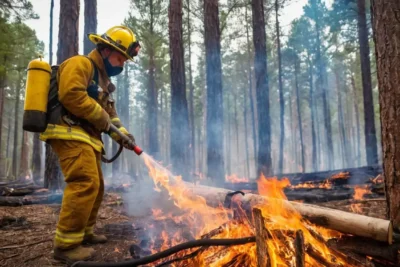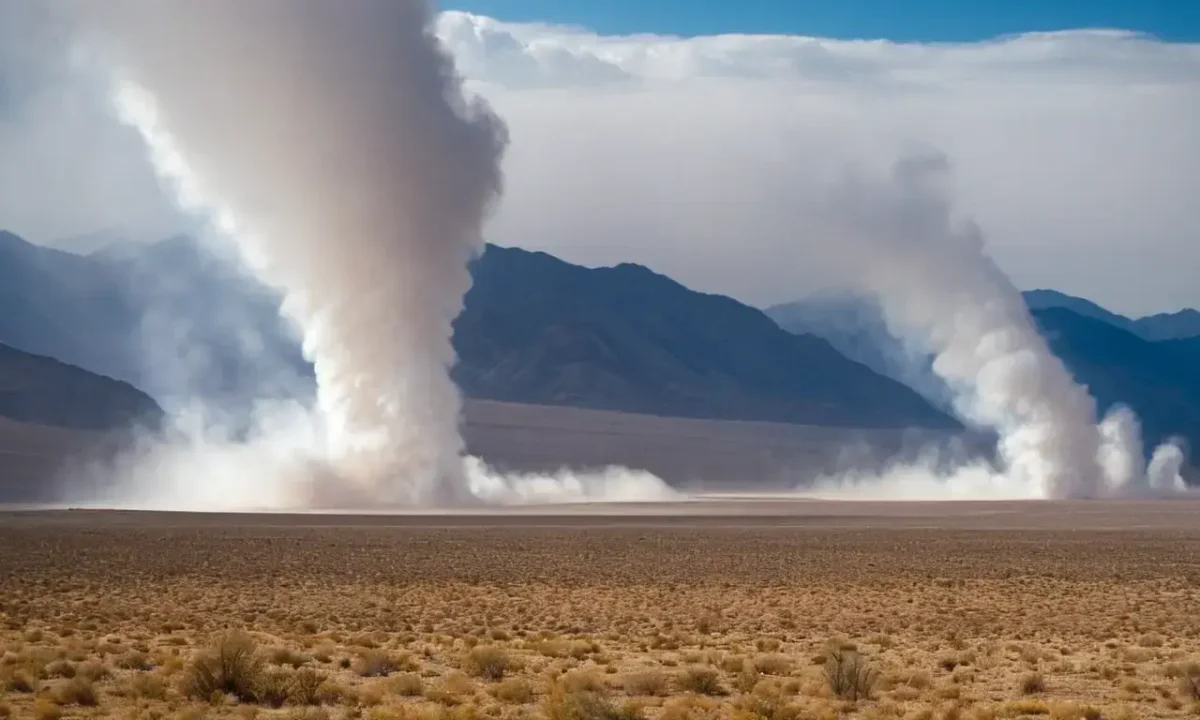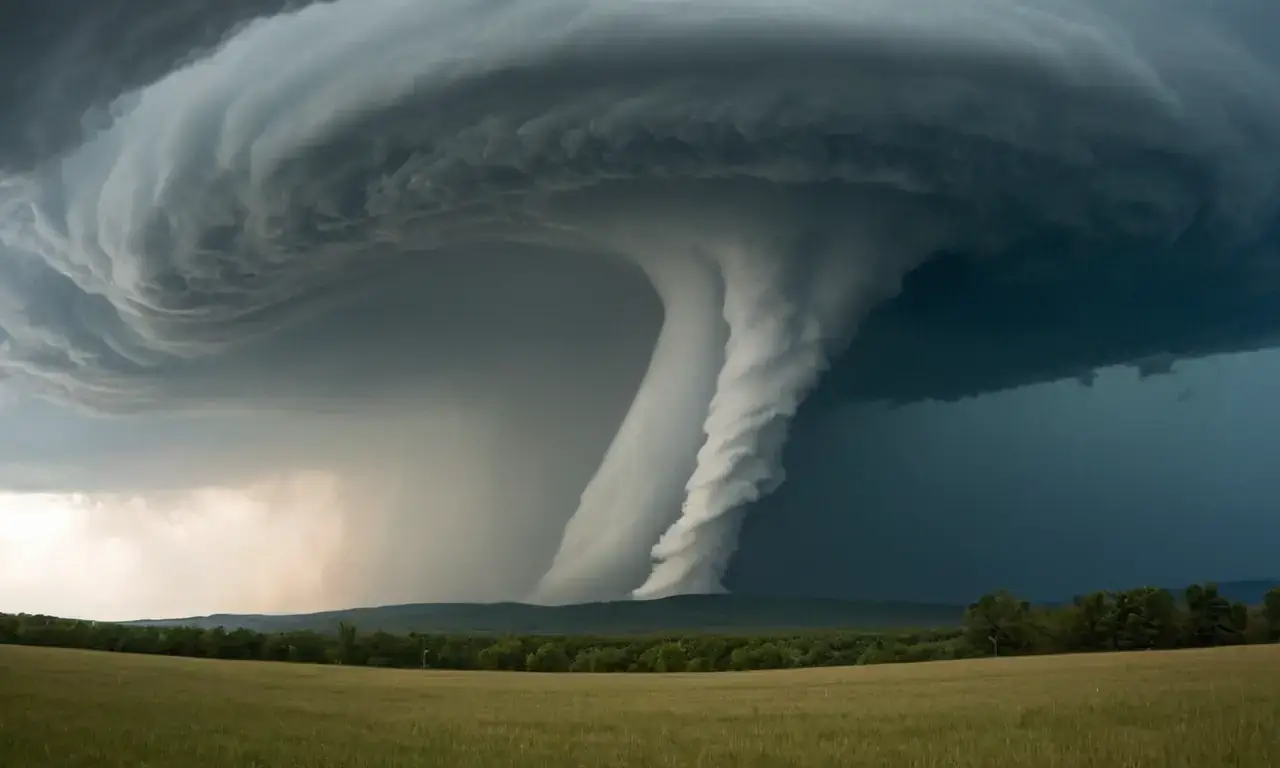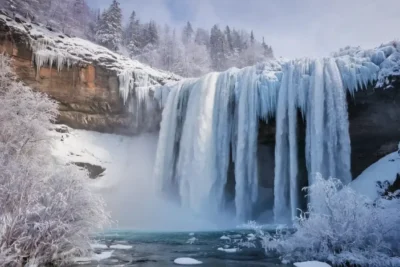
Tornadoes: Mountains & Instability

Tornadoes are powerful weather phenomena that can cause significant damage and disruption. While they are most commonly associated with flat plains regions like the Midwest, tornadoes can occur in various locations around the world. This article delves into the intriguing question of whether tornadoes in mountains exist and explores the factors that influence their formation. We will examine the role of atmospheric instability, discuss how mountainous terrain might impact tornado development, and consider notable examples where tornadoes have been observed at high elevations.
The primary objective of this article is to provide a comprehensive overview of tornadoes and their potential occurrence in mountainous regions. By exploring these topics, we aim to shed light on the complex interplay between weather patterns, geography, and the formation of these powerful storms. Understanding these factors can help us appreciate the unpredictable nature of weather events and prepare for potential hazards.
What Causes Tornadoes?
Tornadoes are a fascinating meteorological phenomenon that arises from specific atmospheric conditions. At their core, tornadoes are violently rotating columns of air that extend from thunderstorm clouds to the ground. These powerful storms form when warm, moist air collides with cooler, drier air. This collision creates instability in the atmosphere, leading to rapid updrafts and downdrafts within thunderstorms.
The key ingredient for tornado formation is atmospheric instability. This refers to a situation where the rising air in a thunderstorm cools and condenses, creating an area of low pressure at the cloud's base. As this air continues to rise, it encounters more stable air aloft, leading to a vertical separation of air masses. This process creates strong updrafts that can extend several miles into the atmosphere.
Within these powerful updrafts, wind shear plays a crucial role. Wind shear refers to changes in wind speed and direction with height. When there is significant wind shear, it causes the rotating column of air within the thunderstorm to tilt or spin. This rotation, combined with the strong updraft, creates the characteristic funnel cloud that eventually develops into a tornado.
Tornadoes are not limited to specific geographical locations; they can occur anywhere where these atmospheric conditions exist. However, certain regions experience more frequent and severe tornadoes due to factors like high humidity levels, favorable wind shear patterns, and the presence of large thunderstorms. The Midwest plains in the United States, for example, is known as a "tornado alley" because it consistently experiences ideal conditions for tornado formation.
Mountainous Regions and Tornado Formation
While tornadoes are most commonly associated with flat plains regions like the Midwest, they can also occur in mountainous areas. However, these occurrences are less frequent than those in plains due to several factors related to atmospheric conditions and terrain.
One of the primary reasons why tornadoes are less common in mountains is the presence of cold air aloft. As air rises over a mountain range, it cools and expands, leading to a decrease in atmospheric instability. This means that the air masses within mountainous regions tend to be more stable than those found in plains areas.
Furthermore, the topography of mountains can significantly influence wind patterns. Mountain ranges often create barriers that disrupt prevailing winds, leading to localized changes in airflow. These changes can either enhance or inhibit tornado formation depending on the specific location and atmospheric conditions. For instance, a mountain range could act as a barrier, forcing air masses to rise rapidly and potentially creating more favorable conditions for thunderstorm development.
However, even in mountainous regions, tornadoes can occur under certain circumstances. One notable example is the Teton-Yellowstone tornado that occurred in Wyoming in 1987. This tornado reached an altitude of over 10,000 feet above sea level and was one of the highest-altitude tornadoes ever recorded.
The Teton-Yellowstone tornado highlights the fact that tornadoes can occur even at high elevations. However, these occurrences are relatively rare due to the challenging conditions for spotting them and the lower population density compared to plains areas. Additionally, mountainous terrain often makes it difficult to conduct thorough weather monitoring and research, leading to a lack of comprehensive data on mountain tornadoes.
The Teton-Yellowstone Tornado
The Teton-Yellowstone tornado stands as a testament to the potential for tornadoes to form in unexpected locations, even at high elevations. This remarkable event occurred in Wyoming in 1987 and was one of the most documented instances of a tornado occurring at such an altitude.
The storm that spawned this tornado originated from a complex interaction between warm air masses from the south and cold air masses from the north. As these air masses collided, they created instability within the atmosphere, leading to the formation of a powerful thunderstorm. This thunderstorm developed into a large-scale supercell, which is a type of thunderstorm known for its ability to produce tornadoes.
The storm's rotation was further enhanced by strong wind shear, which refers to changes in wind speed and direction with height. This wind shear caused the rotating column of air within the thunderstorm to tilt or spin, leading to the formation of a funnel cloud that eventually touched down on the ground. The tornado traveled for several miles before dissipating, leaving behind a trail of destruction.
The Teton-Yellowstone tornado serves as a reminder that tornadoes can occur in unexpected locations and under unusual atmospheric conditions. While these events are relatively rare, they highlight the unpredictable nature of weather phenomena and the importance of staying informed about potential hazards.
Challenges in Reporting Mountain Tornadoes

Despite documented cases like the Teton-Yellowstone tornado, reporting mountain tornadoes remains a challenge. This is due to several factors related to both the environment and the methods used for observation.
One major obstacle is the difficulty in spotting tornadoes at high elevations. Mountains often obscure the view of the sky, making it challenging for observers to detect these storms. Additionally, the terrain itself can create unique challenges for weather monitoring equipment. For instance, radar systems designed for ground-based observations may struggle to accurately track tornadoes that form and move through mountainous areas.
Another factor is the limited population density in many mountain regions. This means there are fewer people living in these areas who might be able to report on potential tornado activity. Additionally, the remoteness of some mountain communities can make it difficult for emergency responders to reach affected areas quickly.
Finally, the lack of comprehensive data collection on mountain tornadoes contributes to the challenge of understanding their frequency and impact. While there have been documented cases, research efforts focused specifically on these events are still limited. This lack of information makes it difficult to draw definitive conclusions about tornado occurrence in mountainous regions.
Atmospheric Instability as a Driving Force
Tornadoes are ultimately driven by atmospheric instability, which refers to the tendency for air masses to rise when they encounter warmer air. This process creates updrafts that can extend several miles into the atmosphere, fueling the formation of thunderstorms and potentially leading to tornadoes.
The presence of warm, moist air near the ground is a key ingredient in tornado formation. As this air rises, it cools and condenses, creating an area of low pressure at the cloud's base. This creates a powerful updraft that can lift heavy objects into the atmosphere. When strong winds shear occurs, the rotating column of air within the thunderstorm intensifies, leading to the development of a funnel cloud.
Tornadoes are not limited to specific geographical locations; they can occur anywhere where these atmospheric conditions exist. However, certain regions experience more frequent and severe tornadoes due to factors like high humidity levels, favorable wind shear patterns, and the presence of large thunderstorms. The Midwest plains in the United States, for example, is known as a "tornado alley" because it consistently experiences ideal conditions for tornado formation.
Conclusion
Tornadoes are powerful weather phenomena that can cause significant damage and disruption. While they are most commonly associated with flat plains regions like the Midwest, tornadoes can also occur in mountainous areas. However, these occurrences are less frequent due to the challenging conditions for spotting them and the limited data available on mountain tornadoes.
Despite documented cases like the Teton-Yellowstone tornado, reporting mountain tornadoes remains a challenge. This is due to factors such as the difficulty in spotting them at high elevations, the limited population density in many mountain communities, and the lack of comprehensive data collection efforts.
Ultimately, tornadoes are driven by atmospheric instability, which refers to the tendency for air masses to rise when they encounter warmer air. The presence of warm, moist air near the ground is a key ingredient in tornado formation, as it creates powerful updrafts that can lift heavy objects into the atmosphere. As we continue to study and understand these phenomena, we can better prepare for and mitigate their potential impact on communities around the world.
Leave a Reply





Related Links